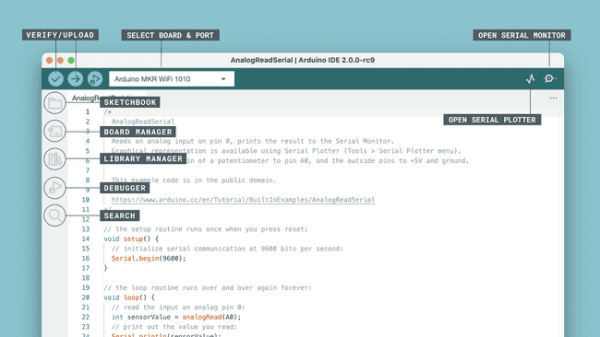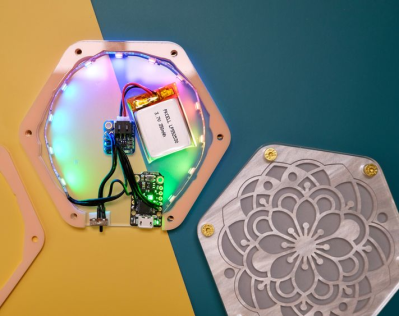When you think of the periodic table, some elements just have a vibe to them that’s completely unscientific, but nonetheless undeniable. Precious metals like gold and silver are obvious examples, associated as they always have been with the wealth of kings. Copper and iron are sturdy working-class metals, each worthy of having entire ages of human industry named after them, with silicon now forming the backbone of our current Information Age. Carbon builds up the chemistry of life itself and fuels almost all human endeavors, and none of us would get very far without oxygen.
But what about sulfur? Nobody seems to think much about poor sulfur, and when they do it tends to be derogatory. Sulfur puts the stink in rotten eggs, threatens us when it spews from the mouths of volcanoes, and can become a deadly threat when used to make gunpowder. Sulfur seems like something more associated with the noxious processes and bleak factories of the early Industrial Revolution, not a component of our modern, high-technology world.
And yet despite its malodorous and low-tech reputation, there are actually few industrial processes that don’t depend on massive amounts of sulfur in some way. Sulfur is a critical ingredient in processes that form the foundation of almost all industry, so its production is usually a matter of national and economic security, which is odd considering that nearly all the sulfur we use is recovered from the waste of other industrial processes.


















